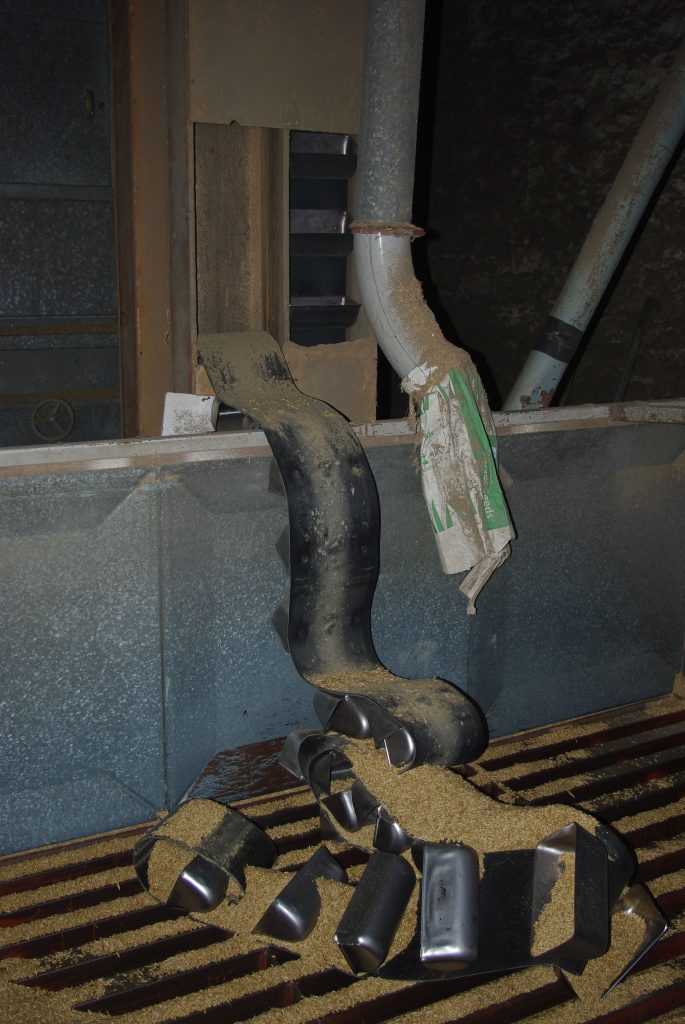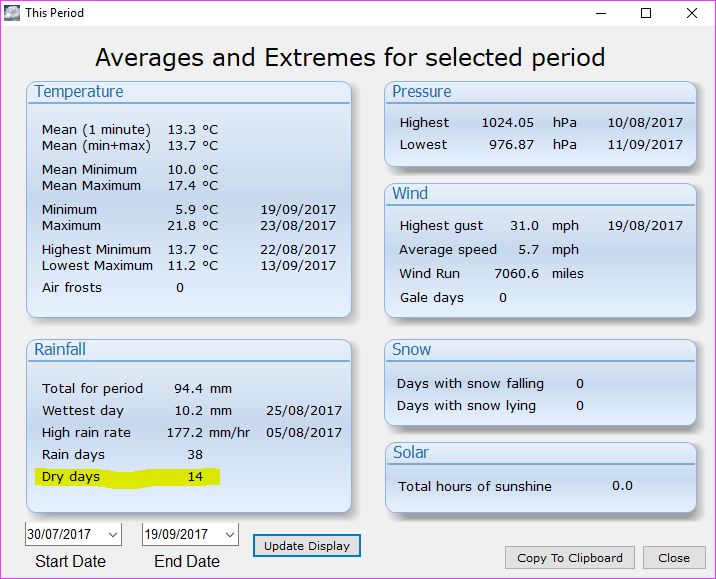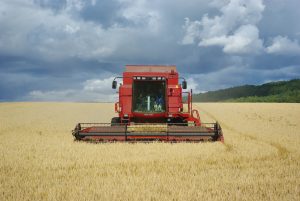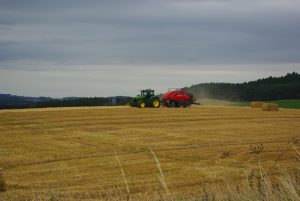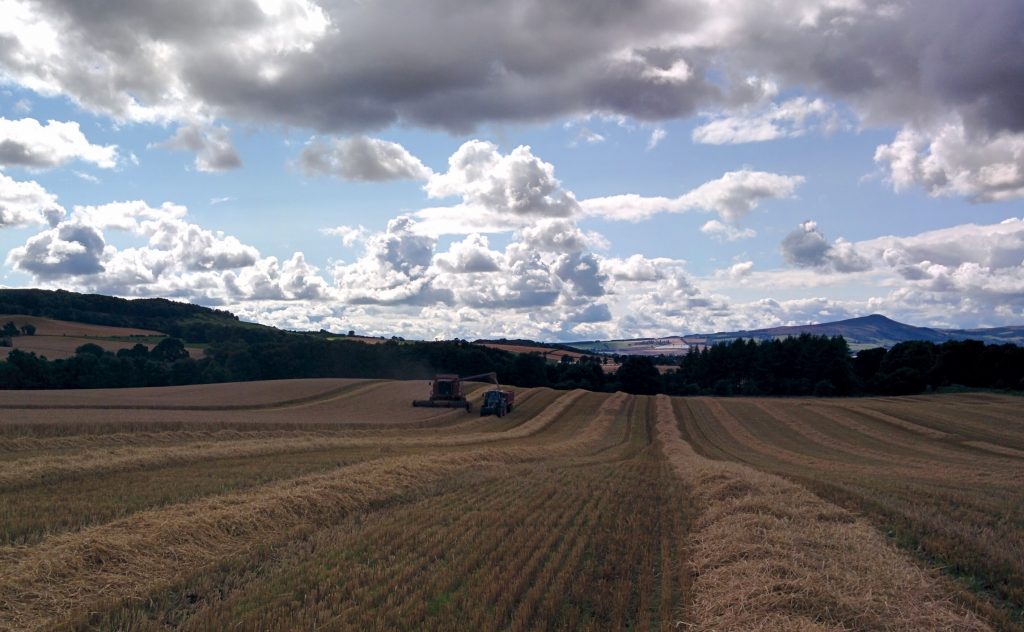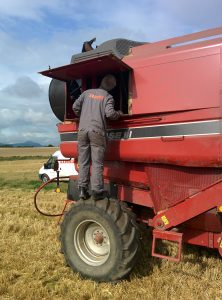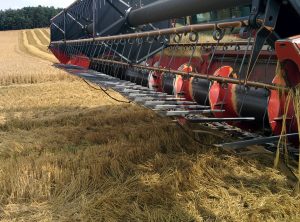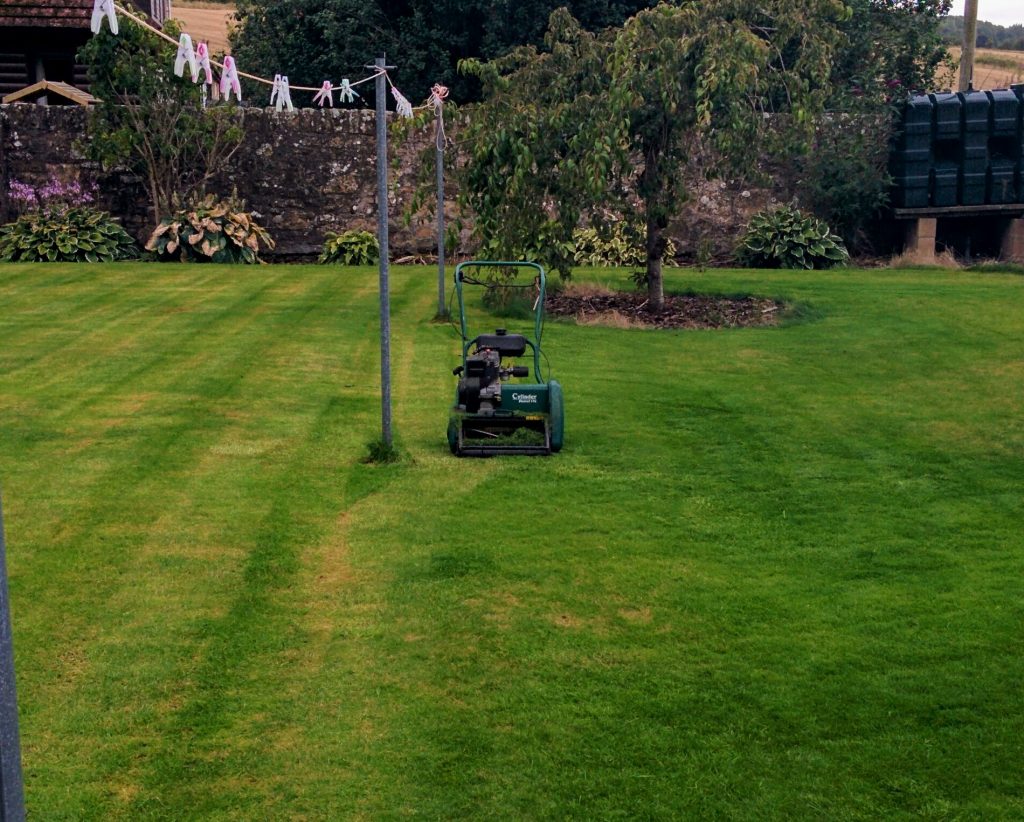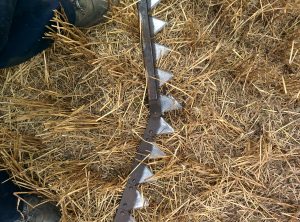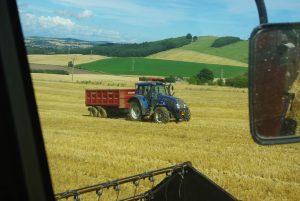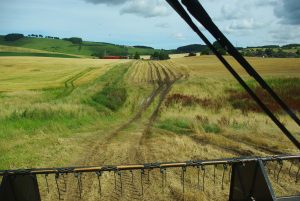Autumn is usually a fairly quiet time on the farm. There are things going on, but after the madness of harvest we all stop to take a breath for a while. This year is no exception, and apart from a bit of winter barley being sown, things were quiet.
Carrot Lifting
We let out some ground each year to a neighbour for growing carrots. This helps us in many ways, but principally because it gives us another crop in our rotation. We have been finding that the crop of barley following carrots is generally better than one that follows a cereal crop.
One condition we have is that they are not to be strawed up. Carrots are covered in straw in the autumn to protect them from frost. This allows them to be lifted throughout the winter. The problem is getting rid of all the straw when they have been lifted. This is why we don’t want them strawed up, so they have to be lifted before frosts are likely.
The weather has been kind, and the ground is reasonably dry for lifting this year (so far at least). Yes, there is some mud trailed out onto the road, but not as bad as it can be. You can see from the photo at the top of the article that there is not much mud on the tractor wheels.
The photos this month show the harvester lifting the carrots into trailers, and also the shaw remover.
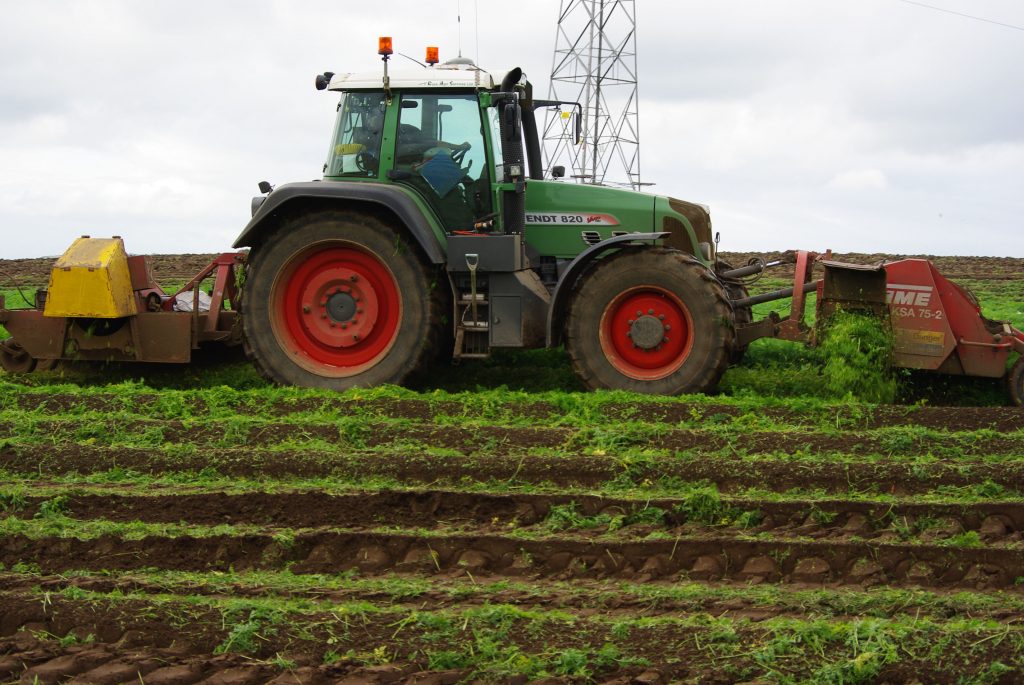
This machine takes the leaves etc off the carrots before the lifter comes along.
Autumn Drilling
I wrote last time that I didn’t think we would be putting any winter crops in this year because it was getting a bit late for drilling winter barley. In the end, we put in about 20 hectares, but it was not because we wanted to.
Like most occupations, farming is governed by complex and at times mind boggling regulations. The current iteration of the subsidy regime includes what is known as the 3 crop rule. Basically to qualify for subsidy you have to grow at least 3 crops, and no one crop can occupy more than 75% of your total arable area. Now, don’t get me wrong, the idea behind this is sound, in that it is there to stop subsidy going to big monoculture farms like you find in the Paris Basin, and down in South east England. Normally we would not be anywhere near falling foul of this regulation, but because of the poor late summer we were not able to get any oilseed rape in the ground, and were struggling for winter barley. Our other main crop is spring barley, which would have taken over 80% of our arable area. We had little choice but to put some winter barley in the ground.
We ended up drilling winter barley down the bottom of the hill, as that was where the ground was fittest, and because of the mild, dryish weather we have had since then it is looking quite good. We may therefore get away with it. It does mean that we have lost some good spring barley ground though.
RSABI Sober October
For those wondering how I am getting on in the challenge I set myself last time (here), I have successfully got to 29th October without touching any alcohol. At times it hasn’t been easy, but with 3 days to go I should just about manage now. I can see me having a glass of wine or 2 on Wednesday evening though!



